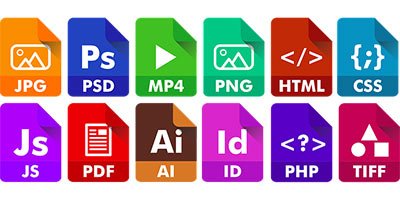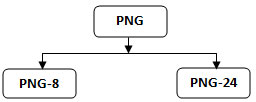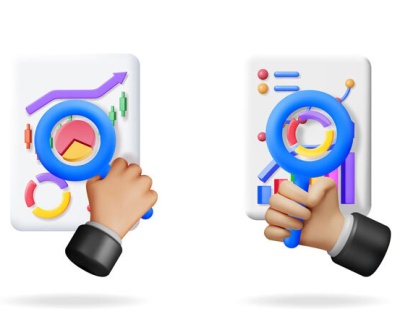Optimizing Images to improve Website Performance
- August 18, 2017
- Outsourcing
 Did you read what was written above? Now I want you to recall a beautiful quote, ‘A picture is worth a thousand words’ and there is one more thing that you have to remember, ‘a website should load fast’. Now the question, I know you are dying to ask this, how are these two related? And how can optimized images improve a website’s performance?
Did you read what was written above? Now I want you to recall a beautiful quote, ‘A picture is worth a thousand words’ and there is one more thing that you have to remember, ‘a website should load fast’. Now the question, I know you are dying to ask this, how are these two related? And how can optimized images improve a website’s performance?
We have two not so related questions to understand, so let’s do that.
Do you know speed is a killer? But it is also a fact that not having a fast loading (speedy) website can actually kill your business?
Remember these FACTS and FORMULAS,
Website’s user-experience α Page Loading Time
Also
Page Abandonment α Page Loading Time
- The optimal server response time is under 200ms.
- 47% of visitors expect the website loading speed to be less than 2 seconds.
- 40% of people abandon a website that takes more than 3 seconds to load.
- An image (size) is one of the major factors that can affect a website’s loading speed.
What is Image Optimization? How does it affect website performance?
‘Image optimization is the process of reducing an image to its lowest file size while maintaining its visual quality.’
Images occupy a significant amount of visual space on a website. So, if the browsers have to download larger bytes, more time will be consumed resulting in increased page loading time.
Images make up to 66% of a total web page’s weight (source: HTTP archive)
So, does your website have large image files? Then think about it, because Google hates crawling websites that have loading issues.
How to Optimize Images for Website Performance?
You have optimized the images, but do they have acceptable quality?
Remember; before you reduce the size of any image your focus should always be on two primary things.
- File Format
- Type of Compression
- Choose the right combination and you can reduce the image size by as much as 5 times without degrading the quality.
- Image File Type Options
- Working with different image formats,
- i. JPGs (JPEGs)
- Short for joint photographic experts group, JPEG format is an ideal choice if you have images with complex patterns, colors, gradients, etc. why is it so? Because JPGs have an enormous color pallet to support that.
- ii. PNG
- Short for portable network graphics, PNG is available in two formats.

- PNG-8: An 8-bit version of PNG format, PNG-8 as the name explains support 8-bit colors. PNG-8 is best suited for images with low color variations as it displays only 256 colors. The process of lossless compression is used for encoding PNG-8 images.
- PNG-24: The 24-bit version of the PNG file type, PNG-24 supports truecolor and RGB schemes as it can hold up to 16 million colors. Apart from supporting background transparency and matting, this format extensively backs multilevel transparency.
- The same lossless compression method is used for optimizing the PNG-24 images.
- iii. GIFs
- Short for graphic interchange format,
- An image format that comes with a limited number of colors, GIFs are perfect for web graphics. Similar to PNG-8, GIFs support only 256 colors. Identified by .gif file extension, the GIF format is optimized via LZW lossless compression technique.
- Image optimization is a great step towards providing good user-experience. Do it either manually, through tools or plugins, but ensure that your website is performing with the best loading time.
GET A QUOTE










